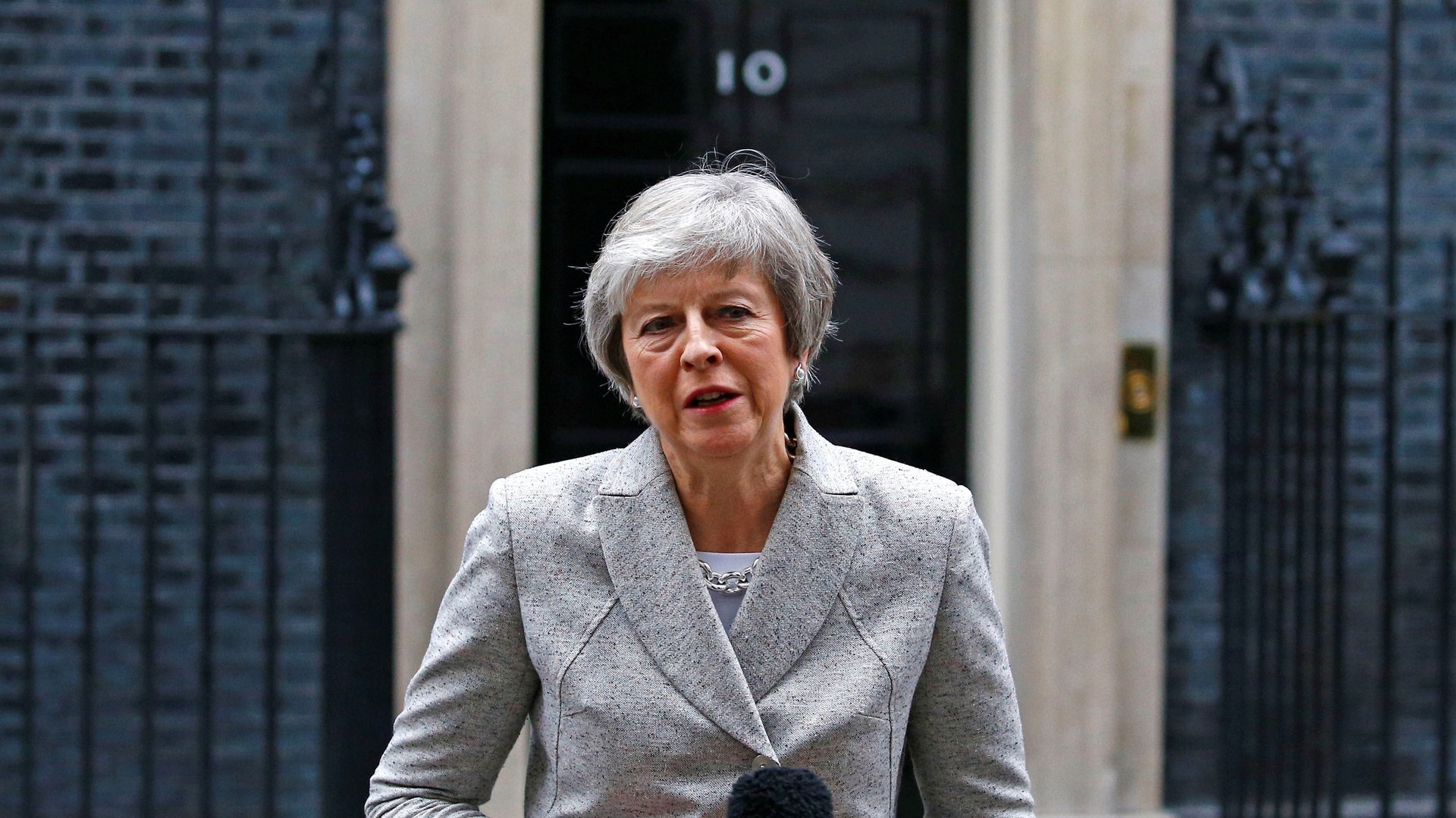The EU and the UK have agreed on what their post-Brexit relationship will look like
Ahead of a special Brexit summit on Sunday (Nov. 25) among European leaders, the European Union and UK appear to have agreed on an outline of their future relationship. What does it mean?


Ahead of a special Brexit summit on Sunday (Nov. 25) among European leaders, the European Union and UK appear to have agreed on an outline of their future relationship. What does it mean?
What is the “Political Declaration on the Future Relationship between the EU and the UK?”
UK prime minister Theresa May traveled to Brussels on Nov. 21 to negotiate the last bits of text for the UK’s withdrawal from the bloc with European Commission president Jean-Claude Juncker. This text will be voted on by European leaders at an extraordinary European Council summit on Sunday (Nov. 25).
This morning Donald Tusk, the president of the European Council, announced the two sides had drafted an agreement outlining the EU-UK post-Brexit relationship, known as “the political declaration,” for short:
The political declaration expands upon a seven-page outline version (pdf) published last week. In it, EU and UK leaders lay out the parameters of a post-Brexit trade and political relationship. Analysts say it is a far cry from Theresa May’s so-called “Chequers” proposal, but it strengthens the UK’s position going into Sunday’s summit.
This document is separate from the 585-page withdrawal agreement that the UK and EU agreed to last week, which covers the UK’s “divorce bill” and the controversial problem of how to keep the border between Ireland and Northern Ireland open even if trade talks with the EU stall—what’s known as the “backstop.” However, the withdrawal agreement can’t be ratified without the political declaration.
What’s in it?
Analysts say it contains provisions for the EU and the UK to develop an “ambitious, wide-ranging and balanced economic partnership,” but that the draft agreement stops short of opening a path for the frictionlesss trade deal that Britain has called for (paywall).
According to The Guardian’s Jennifer Rankin and Daniel Boffey:
The two sides “envisage having a trading relationship on goods that is as close as possible,” but the EU and the UK will be separate markets with inevitable barriers to trade, and there is no reference to a common rulebook.
Both sides have committed to regular EU-UK summits, something May has repeatedly called for, in order to reach agreements on other issues such as “access to waters” for fisheries.
What does the future partnership document mean?
It’s a good sign that the two sides have broadly agreed on what their relationship will look like after Brexit. But the document is not legally binding and it leaves a whole lot of wiggle room for both or either party to change its mind. And, as Sam Coates, the deputy political editor for the Times, argues, it recycles a lot of points both sides have already agreed on:
What’s next?
Presenting the political declaration to the House of Commons, Theresa May said that the draft text was a “good deal.”
“It honors the vote of the British people by taking back control of our borders, our laws, and our money,” May said, before touching on a range of issues that have dogged the process of negotiation, from finance to fishing, to the border in Ireland.
“The British people want Brexit to be settled. They want a good deal that sets us on a course for a brighter future, and they want us to come together as a country and to move on, to focus on the big issues at home,” May said towards the end of the eight-minute speech, to a cacophony of cheers and boos from gathered members of parliament.
At an earlier press conference, Theresa May repeated her position that the withdrawal agreement “is the right deal for the UK.”
Some countries have expressed reluctance over aspects of the deal, including Spain and France, which May will have to work on. If both the deal and the declaration are approved on Sunday, May will then have to get them through an extremely fractured UK Parliament. Analysts say she does not currently have the votes to get them passed.
The British pound rose sharply after the announcement that a political declaration had been agreed upon:
But, as Quartz reporter Eshe Nelson has noted, given the pound’s extreme volatility to any Brexit-related news, it would be unwise to celebrate too soon. When it comes to Brexit and financial markets, she writes, “the only certainty is uncertainty.”
The withdrawal agreement and political declaration theoretically serve as a foundation for the formal trade talks between the EU and the UK that are set to begin in April 2019. In today’s draft declaration, both sides agreed to start formal negotiations “as soon as possible” after March 29, 2019, the official date of Brexit, with the aim of reaching a final trade deal by the end of 2020, the end of the transition period.